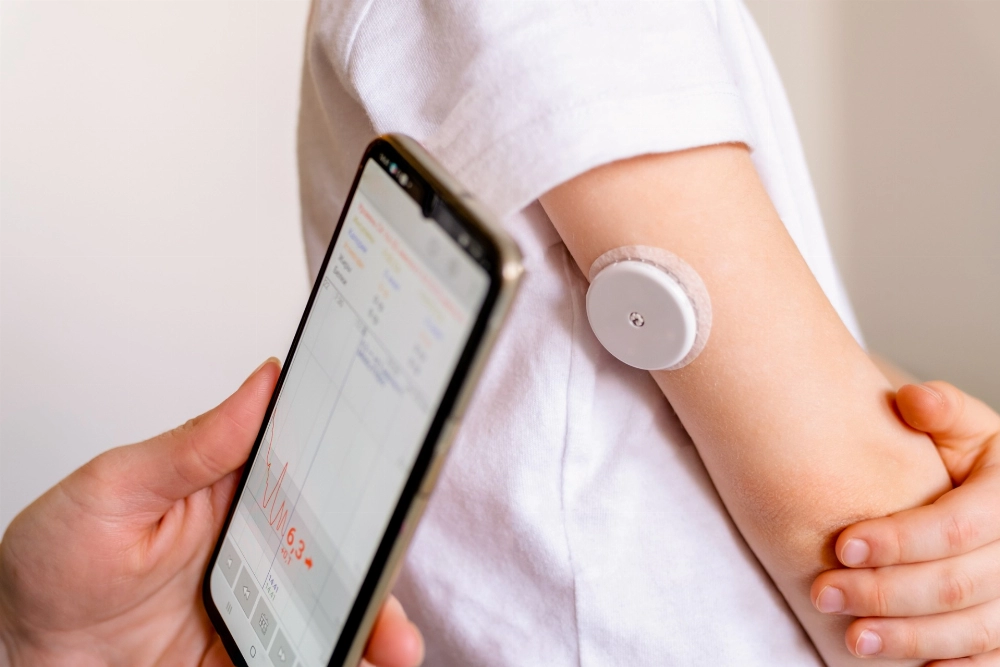Managing Diabetes with Effective Blood Glucose Monitoring and Battery Management
Effective diabetes management relies heavily on accurate blood glucose monitoring, and blood glucose meters are a key component of this process. A critical component of these devices is the battery, which powers the device to provide timely and reliable readings. This guide will explore the essential information about blood glucose meter batteries, including their types, maintenance, and troubleshooting common issues.
Part 1: What is a Blood Glucose Meter?
A blood glucose meter is a portable medical device used to measure blood glucose levels. This is crucial for people with diabetes, allowing them to regularly monitor their blood sugar levels. Typically, the device includes:
- Lancing Device (lancet): A small needle used to prick the skin and collect a blood sample.
- Test Strips: Disposable strips that react with the blood sample to measure blood glucose levels.
- Screen: A screen that displays the blood glucose reading.
Understanding how these components work together is essential for effective diabetes management.
Part 2: Why are Batteries Crucial in Blood Glucose Meters?
Batteries in blood glucose meters are essential for their operation. The power supply directly affects the accuracy and reliability of the device. Low or depleted batteries can lead to inaccurate or inconsistent readings. This can negatively affect blood glucose management. This is especially important for those who rely on timely readings to determine insulin dosages or make dietary decisions.
Furthermore, a reliable battery ensures that the blood glucose meter functions properly in various situations, such as during travel or in emergency situations where immediate readings are needed. An unreliable power supply can also affect the meter’s ability to store data, which is important for…
# Advantages of Lithium-Ion Batteries in Blood Glucose Meters
Compared to traditional disposable batteries, lithium-ion batteries offer several advantages that make them an ideal choice for modern blood glucose meters. Here’s why they are a good choice:
Compact Design
Lithium-ion batteries can store more energy in a smaller volume, resulting in more compact and lightweight blood glucose meters. This makes them particularly convenient for users who carry their meters throughout the day.
Longer Lifespan
These batteries typically have a longer cycle life than traditional disposable batteries. They can withstand hundreds of charge cycles with minimal performance degradation, making them a more cost-effective option in the long run.
Fast Charging
Lithium-ion batteries charge quickly, often reaching full capacity in just a few hours. This is an excellent feature for users who need to use their blood glucose meter soon after charging.
Environmentally Friendly
By choosing rechargeable lithium-ion batteries, users can help reduce the number of disposable batteries that end up in landfills, contributing to a more sustainable approach to diabetes management.
Consistent Performance
Lithium-ion batteries maintain a stable voltage output during discharge, ensuring that the blood glucose meter provides accurate readings until the battery is nearly depleted.
These advantages make lithium-ion batteries an excellent choice for modern blood glucose meters, enhancing user experience and meter reliability.
How to Maintain Your Blood Glucose Meter Battery
Proper battery maintenance is key to extending battery lifespan and ensuring reliable performance. Here are some simple battery care tips:
Monitor Battery Levels Regularly
Pay attention to the low battery indicator on your blood glucose meter and replace the battery promptly to avoid interruptions.
Keep Battery Contacts Clean
Dirt or corrosion on the battery contacts can lead to poor connections. Clean the contacts gently with a soft cloth regularly.
Store in a Cool, Dry Place
Avoid exposing your blood glucose meter to extreme temperatures, as this can affect battery performance. Store the device in a cool, dry, and stable environment.
Avoid Deep Discharges
To prolong the life of rechargeable batteries, avoid letting the battery fully discharge before recharging.
By following these maintenance tips, you can ensure that your blood glucose meter remains reliable and ready for use.
Troubleshooting Common Battery Issues
If you encounter problems with your blood glucose meter battery, try these troubleshooting steps:
Meter Won’t Turn On
Ensure that the batteries are installed correctly and replace them if necessary.
Inconsistent Readings
Low battery power can lead to inaccurate readings. Replace the batteries and retest your blood glucose levels for accurate results.
Frequent Low Battery Alerts
If you frequently see low battery warnings, try using a different brand of battery.
More Articles
The Ultimate Guide to Battery Storage
Discover the best ways to store your batteries to ensure their longevity and safety! Learn expert tips on how to properly store batteries, keep them organized, and prevent potential damage. Read now!
Understanding Lipo Battery Storage Voltage
Lipo battery storage voltage is crucial for battery health. Maintaining a voltage of 3.7V–3.85V maintains optimal ion stability and reduces battery degradation. Click here to learn more!
Lithium Battery Cost Breakdown: Key Factors and Pricing Insights
The cost of lithium batteries impacts various industries. This comprehensive analysis explores the factors driving the price, market trends, and predictions for the future.
Liquid Metal vs. Lithium Battery: A Detailed Comparison
Explore the capabilities, applications, pros and cons, pricing, and future prospects of liquid metal batteries and lithium batteries through a detailed comparison.
All About Lipo Batteries: Capacity, Lifespan, and More
Learn about Lipo batteries—capacity, energy density, cycle life, and more. Learn how to maximize their performance and avoid common pitfalls with this detailed guide.








